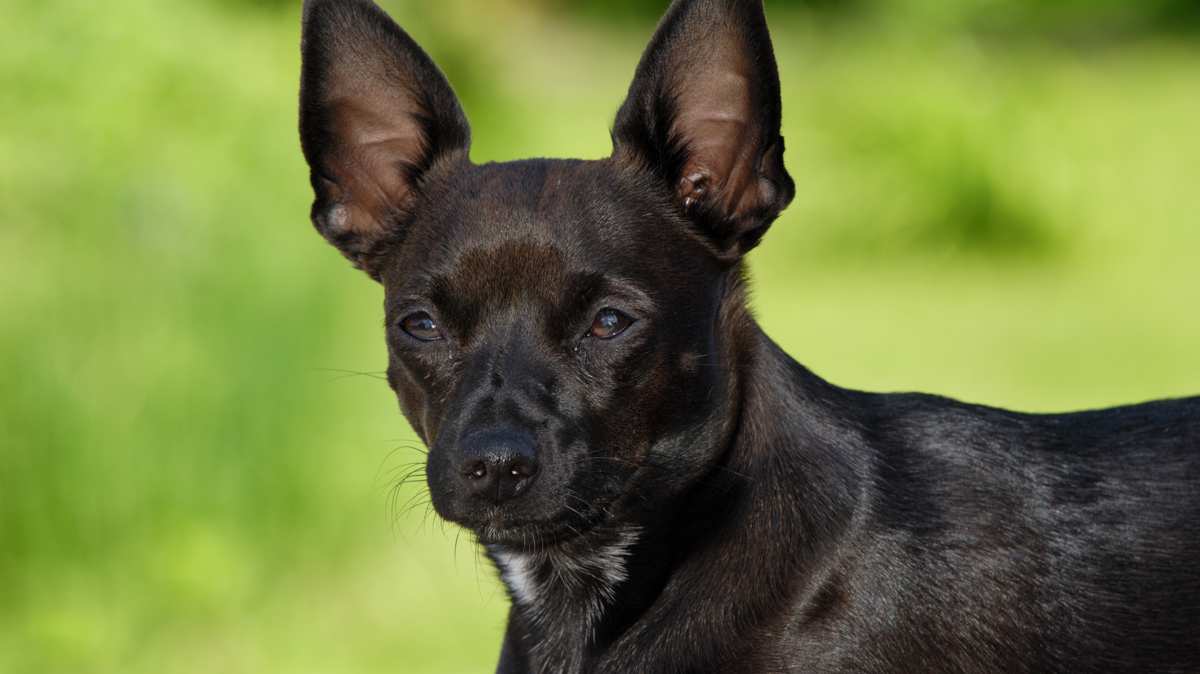Chipin Breed Details
Chipins can be lively, loving companions or alert watch dogs. They inherit a charming sassiness from the Chihuahua and a fun-loving feistiness from the Min Pin. Small and low maintenance, they make ideal indoor dogs for small living spaces. If you are considering a pet for your family and you have young, rambunctious children, consider other breeds. Also, if you have other pets, socialize them when your Chipin is a puppy for the most harmonious results. Here are a few quick facts for this hybrid:
PROS
- Energetic, attention-loving companion
- Ok for other pets if socialized early
- Low maintenance grooming
- Good watchdog
- Exercise needs easily met
- Usually friendly and social after getting used to a visitor
- Not as needy as a purebred Chihuahua
- Perfect size for apartments or small living quarters
CONS
- Not the best choice for families with young children
- Not hypoallergenic, sheds regularly
- May suffer separation anxiety if left alone frequently for long periods
- Not as much a cuddle buddy as the Chihuahua
- Best if kept indoors
- Not an exercise partner
- Not a guard dog
